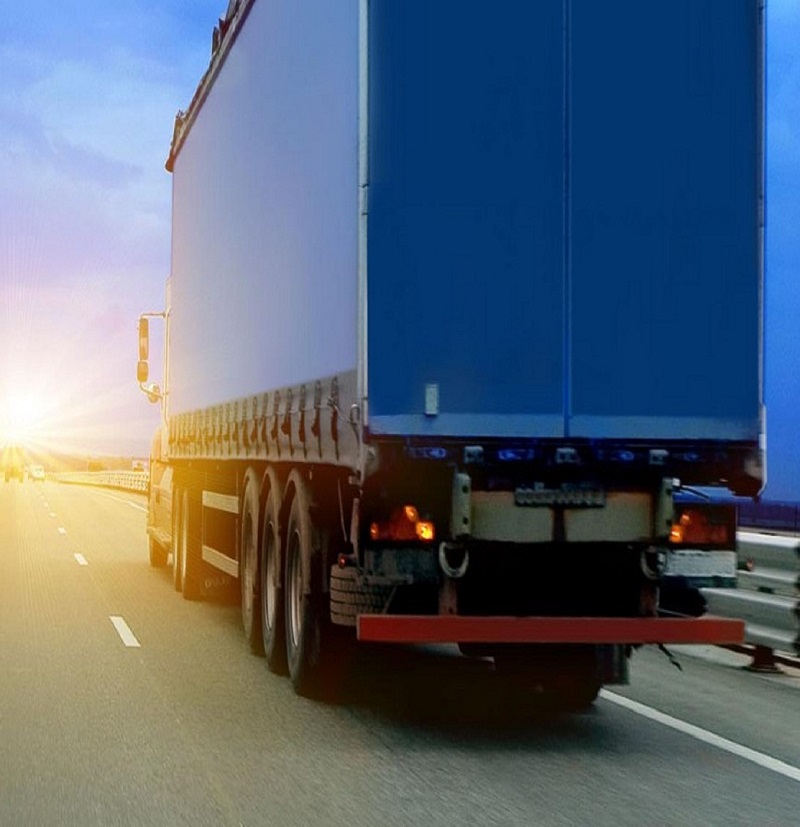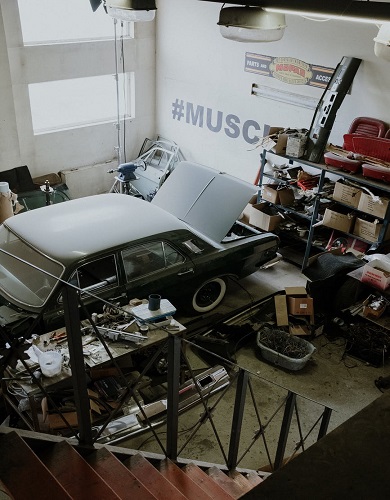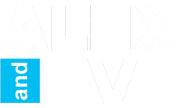Equipment Financing
Getting The Best Equipment
The benefits of having the latest machines, tools, and gadgets as a business owner cannot be overemphasised. Having the newest equipment and tools allows for a faster work rate, which translates to less time to complete jobs and more sales. Having these tools comes at no small cost, and it’s significantly more challenging for a small business owner just starting. This challenge is due to the fact that getting these tools requires enormous capital, something that could be difficult for a small or medium-scale enterprise.
This is where equipment finance comes in. Equipment finance is a credit solution that helps business owners access the tools and machines necessary to start up and grow their business. There are basically two types of equipment finance- equipment loan and equipment lease. Both have their peculiarities, and choosing the right one for you is not as easy and it sounds. Making this decision requires a bit of thought as it’s usually not one cap-fits-all technique. The peculiarities involved and things to look out for to make the best equipment finance decision will be explained herein.
Equipment Loan or Equipment Lease: Which is the best fit for you?
To make the best decision, one must first understand the differences between an equipment loan and an equipment lease. An equipment loan is getting funding that helps purchase equipment necessary for the business while you repay monthly with interest. For this loan, the equipment itself is the collateral, and failure to repay the loan means forfeiture of the equipment. This sounds all right as there is no need to provide collateral. What may be necessary would just be a background check and a credit score check to confirm that you can repay the loan.
On the other hand, a lease could be likened to a rental. There are key differences between both. The first is that a rental is short-term, while a lease is long-term. Also, the duration of a lease is usually agreed on, which is typically for a long period, as opposed to a short while which is peculiar to a rental. You pay a certain amount (a sum agreed on by you and the leasing company) monthly for a lease. At the end of the period agreed on, the equipment is returned. So you see how it is important you think about the peculiarities before making a decision for your business.

Duration:
This is a very important factor to be considered. A loan is better if you intend to use the equipment for a long time. This is because, eventually, after repaying the loan, the equipment becomes yours, and it invariably becomes an asset of the company, thus increasing the company’s worth. But if you intend to use the equipment for just a period of time, a lease is the choice then.
Also, if you intend to use the machine long-term, opting for a lease could be expensive, so a loan would be recommended. On the flip side, if the use of the machine is short-term, a lease would definitely be saving you a lot of money.
Nature of the equipment:
Another thing to factor when making a decision is the type of equipment as well as the lifecycle of that equipment. Some equipment has a short lifecycle, and some others that depreciate in value fast. In this case, the wisest choice is to apply for a lease. This is because, by the time you finish paying the equipment loan, the equipment, which has now become an asset, may have depreciated in value. But in the case where depreciation would take longer, getting an equipment loan would be best as you would have a valuable asset for your company, and you can even sell it off to buy another one. The equipment is yours; the choice is yours.
Benefits of getting an equipment financing
Zero to little down payment:
With equipment financing, you don’t necessarily need to pay a substantial down payment. In the case of a lease, you only pay an agreeable sum monthly to continue to use it, and for a loan, only a small fraction of the entire value of the equipment will be required for a down payment. Thus, making it easier financially for you.
Upgrade:
In the case of a lease, you can request an upgrade of the current equipment to get newer features in order to stay updated and relevant in your business. This is especially useful in the case of equipment that gets updated frequently, or newer models are released regularly.
Cash Flexibility:
Owing to the fact that you’re getting a credit facility, this means that you have more money to redirect towards other relevant areas of your business. This way, a percentage of your capital has already been cleared, so you don’t have to worry about not having enough capital to start.
Repairs:
This is only possible with a lease, and it also depends on the agreement. Certain lease agreements cover repair costs. Sometimes, wear and tear or damage may not be avoidable and thus could really affect the business. Depending on the extent of damage, repairs could cost a lot. But this burden could be lifted if repairs are a part of the leasing agreement.

Taxing:
This also only applies to leasing. With a leasing agreement, you are not required to pay taxes for the equipment. The payment of taxes is made by the leasing company, though it is already a part of your monthly payment, and thus, you do not have to worry about it. This is fundamental because the equipment is not yours, unlike an equipment loan.
No Collateral:
With equipment finance, you do not need to have collateral in order to get the credit facility required. In the case of a loan, the equipment in itself stands as the collateral. And in the case of a lease, there is no need for collateral because it basically works like a rental, just a lot more structured, and they are usually long-term.
